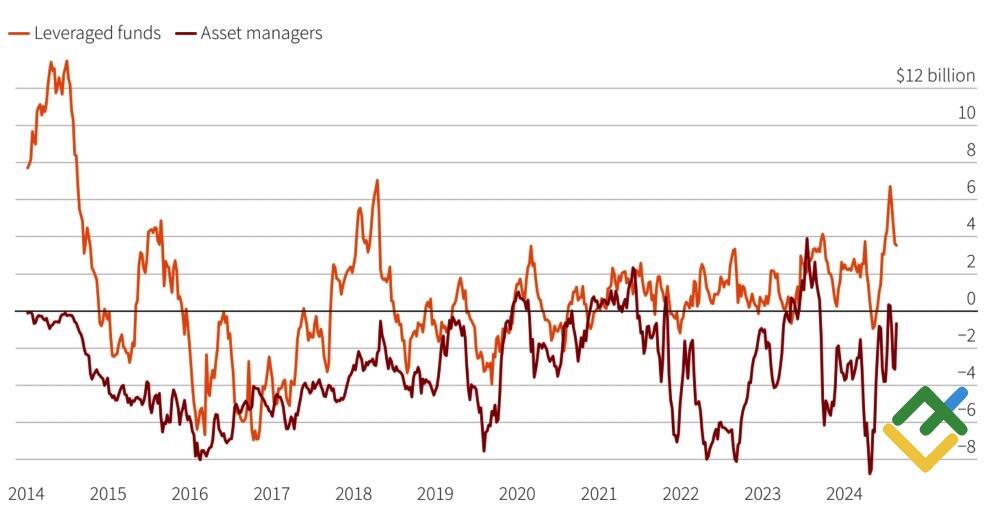
The British pound sterling has grown against the US dollar to its highest in 2.5 years, strengthening its leadership in the G10 currency race. Still, are the GBPUSD bulls feeling that good? Let’s discuss it and make a trading plan.
The article covers the following subjects:
Highlights and key points
- Renewed carry trade supports the pound sterling.
- Things might worsen before they get better in the UK.
- BoE will have to cut rates faster than markets expect.
- GBPUSD’s failure to hold above 1.316 is a reason for selling.
Weekly fundamental forecast for pound sterling
The rhetoric from the heads of the Bank of England and the Federal Reserve at Jackson Hole gave a great answer to the question of how the pound had reached its highest level against the US dollar since March 2022. Jerome Powell noted that the time had come to adjust monetary policy, while Andrew Bailey stated there was still a long way to go before defeating inflation. The derivatives market estimates the US monetary expansion scale at 100 basis points in 2024, compared to 40 basis points in the UK. This difference in the pace of rate cuts is guiding the GBPUSD‘s moves. But will it last?
The Labour Party’s victory in the elections and the most stable government in at least five years, combined with a speeding up of the economy and the Bank of England’s slow pace, are the main drivers behind the strengthening of the pound, which is confidently leading the G10 currencies. Interestingly, the unwinding of carry trades on Black Monday did not cool the enthusiasm of the GBPUSD bulls; instead, it fueled their appetite.
The main casualties of the yen’s strengthening have been the currencies of developing countries — the Mexican peso, the Brazilian real, and others. At the same time, several major banks have begun recommending buying the pound as a yield-generating asset against the Swiss franc within the framework of a renewed carry trade. According to Capital Economics, you might earn a few cents before getting run over by a steamroller. Indeed, a deterioration in global risk appetite will present an excellent opportunity to sell the GBPCHF. Long-term investors — asset managers who remain in the pound sterling bear camp, understand this perfectly well.
Speculative positioning in pound
Source: Reuters.
A stable government is generally good, but British PM Keir Starmer has warned that it will take time to eliminate the trash left by the Conservatives. Things might worsen before they get better. In this context, the first Labour budget in October poses a risk factor for the GBPUSD. Expectations of reduced revenues or increased taxes will put pressure on the pound.
Fiscal consolidation in the UK and a prolonged high repo rate will slow down the economy. Conversely, the US can benefit from a more flexible fiscal policy and the Federal Reserve’s aggressive monetary expansion.
If macroeconomic data from the UK starts to deteriorate, the Bank of England may have to act more quickly to cut the repo rate than the markets anticipate. This would be detrimental to the GBPUSD, as would the upcoming US presidential election factor. As the election approaches, market volatility and uncertainty will rise, creating a favorable environment for safe-haven assets like the US dollar.
Weekly trading plan for GBPUSD
Thus, the risks of the GBPUSD‘s pullback upon reaching the first of the previously set targets at 1.323 and 1.35 have increased. The pound’s failure to hold above 1.316 will be a reason for selling.
Price chart of GBPUSD in real time mode
The content of this article reflects the author’s opinion and does not necessarily reflect the official position of LiteFinance. The material published on this page is provided for informational purposes only and should not be considered as the provision of investment advice for the purposes of Directive 2004/39/EC.
{{value}} ( {{count}} {{title}} )
This post is originally published on LITEFINANCE.




